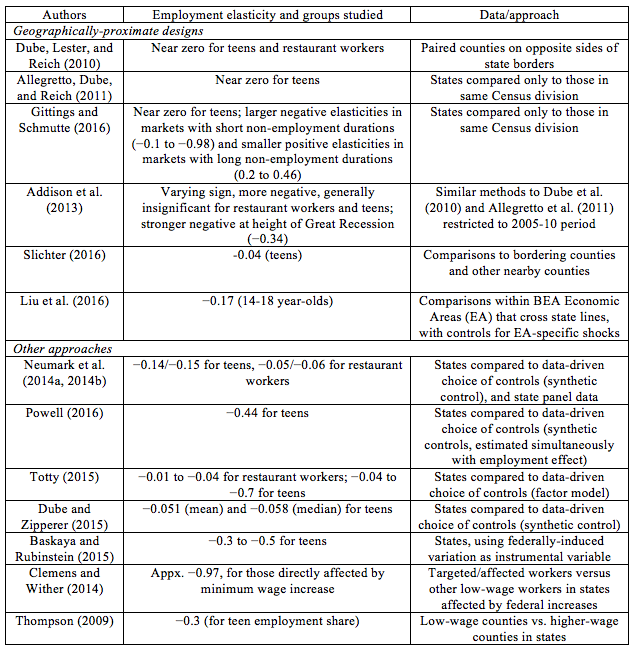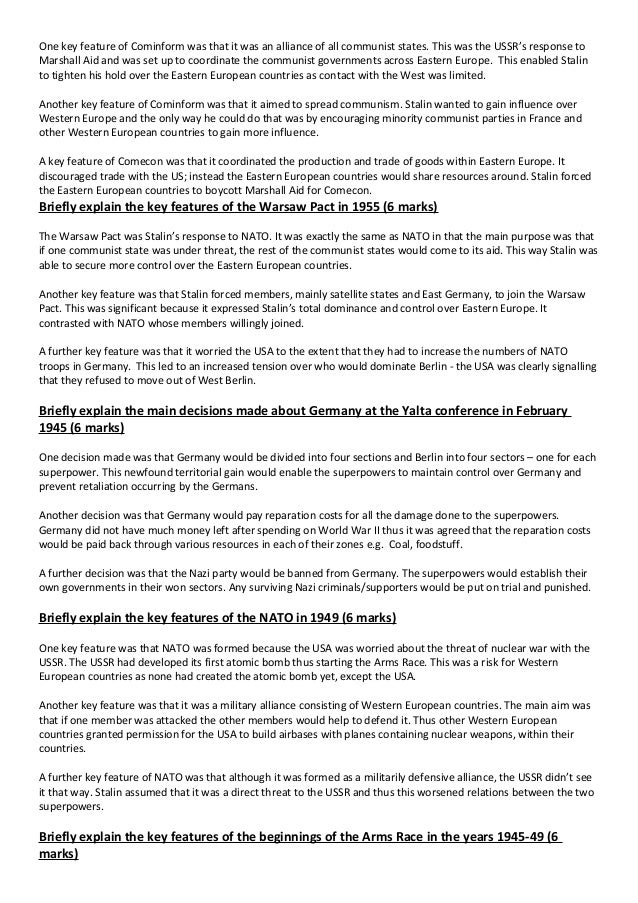
The analgesic drugs can act in many ways on the peripheral or central nervous system, but they do not eliminate the sensation of pain as in the case of anesthetics. Types of Analgesics. Analgesics can be broadly classified into two categories: Non-narcotic (non-addictive) analgesics.

Analgesic drugs act in various ways on the peripheral and central nervous system they include paracetamol and acetylaminophetol also known in the us as acetaaminophen, the NSAIDs such as the acetyl salicylic acid and opiods drugs such as morphine and opium. They are distinct from anesthesia who reversibly eliminate sensation.

Classification of Analgesics Drugs that are included in analgesics work in diverse ways to diminish or relieve pain. They act mainly on the central and peripheral nervous system.

The peripheral and central responses to injury in turn have a major impact on the mechanisms of acute pain. Thus there is an inter-relationship between acute pain and injury and if the injury response is prolonged there can be a negative effect on the outcome.








